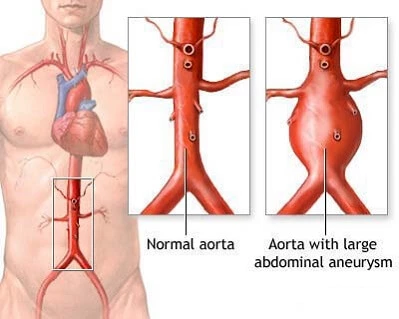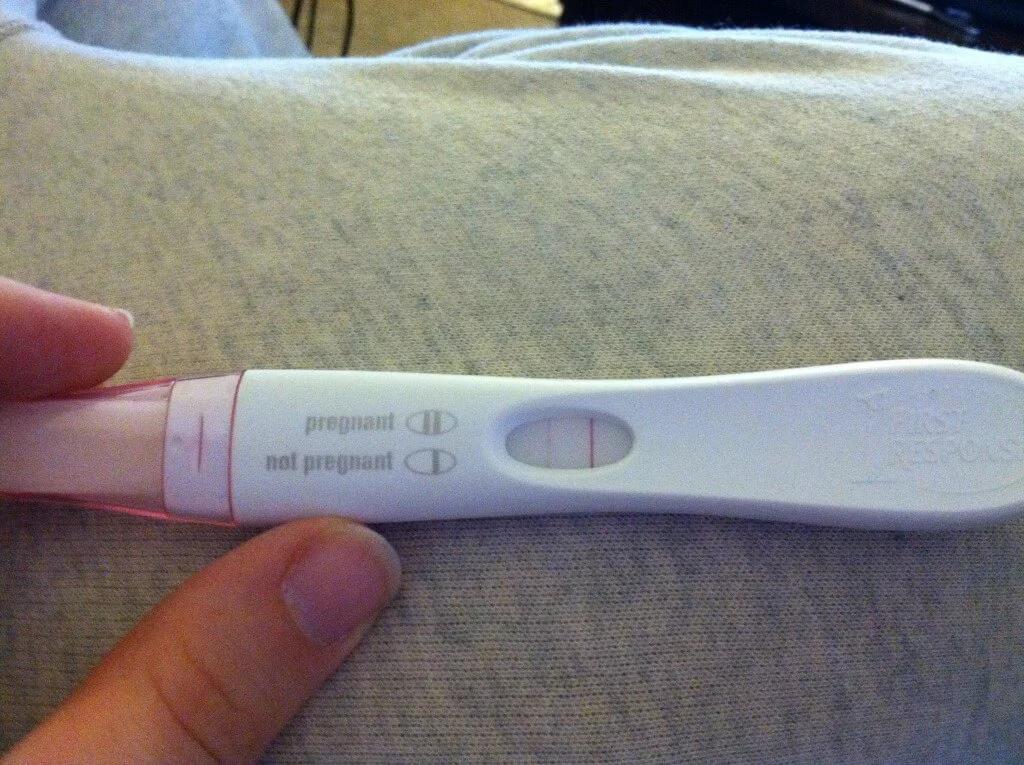What are the Symptoms of Aortic Aneurysm?
What is an aneurysm?
An aneurysm is the development of an abnormal bulge in the wall of an artery. The walls of arteries are normally muscular and thick thus allowing them to carry large amounts of pressure. However, there are times when a weak part develops in its wall. When this happens, pressure tends to move outwards causing a bulged area, which we call an aneurysm.

What is an Aortic Aneurysm?
Aortic aneurysms are most common form of aneurysm. The reason for this is because the aorta is the largest artery in the body, which carries blood from the heart to the rest of the body. There are two main places in which an aortic aneurysm may occur: 1. Abdominal and, 2: Thoracic, which is a less common form.
What are the symptoms of aortic aneurysm?
Aortic aneurysms usually do not have any symptoms at first and in fact, many are found during an examination of a person who is out to assess a whole different condition. Symptoms may begin to show if the aneurysm gets bigger and puts a lot of pressure on its surrounding organs. If the aneurysm consistently expands, the tendency for rupture may increase. Moreover, expansion of the aneurysm may cause a huge amount of pressure on its surrounding areas causing terrible pain.
Back and chest pains are the two most common symptoms of large aneurysms. Increased sweating, fast heart rate, dizziness are also symptoms of aortic aneurysm. There are times when the layers of the aortic wall separate, causing severe, tearing pain in the abdomen, back, or chest.
The most serious risk associated with aortic aneurysms is its potential to rupture at any given time. When this happens, a serious string of life-threatening events may occur, ultimately leading to a stroke or worse– death. Patients have reported that there is sudden and severe pain, extreme drop in blood pressure due to lack of blood flow and any signs of shock immediately after an aortic aneurysm bursts. Failure to have immediate treatment may cause death.
When an aortic aneurysm happens, internal bleeding will occur. If a person experiences light-headedness, confusion, shortness of breath, rapid heartbeat, numbness, and fainting, then one must seek emergency medical care right away.

If you feel any of the above symptoms and worry that you might be at risk, make sure to immediately consult with your physician to be able to thoroughly assess your symptoms and reach a diagnosis or an informed decision for further assessment.
If you have more questions about aortic aneurysm or you want to schedule an appointment, be sure to contact Vascular and Interventional Centre. With their knowledgeable staff members, you can be confident that you are always in good hands. Check out their website and schedule a visit today.

Karen is a health blog author who has been writing about healthy living since 2013. She started her journey by adopting a vegan diet and eating only organic foods, but the more she learned, the more she realized that we should all be eating plant-based diets exclusively. As an expert in nutrition and wellness, Karen blogs to educate readers on how they can live happier and healthier lives through food choices!












